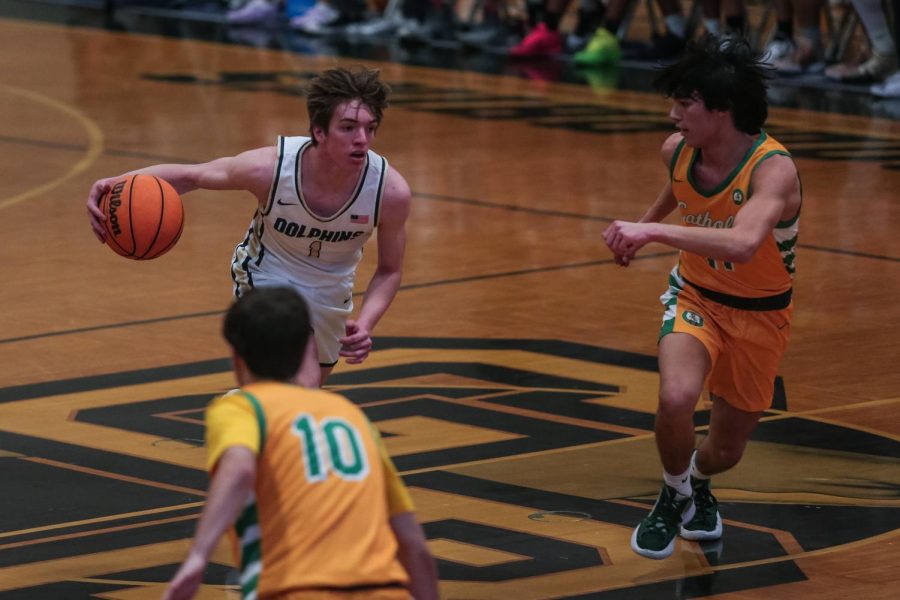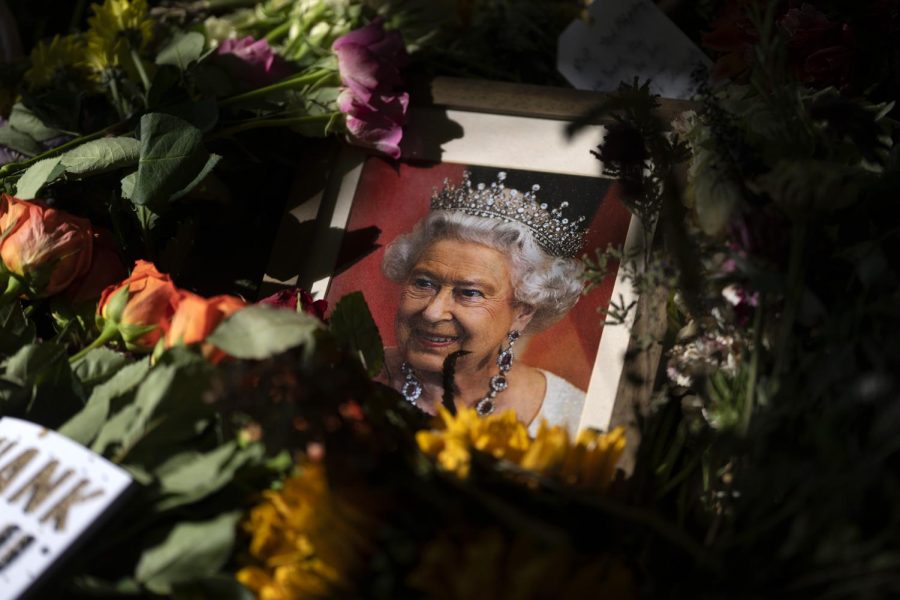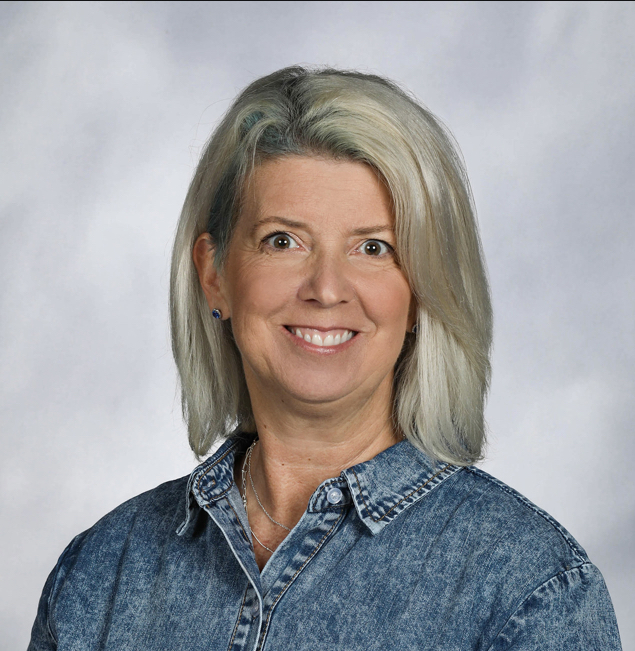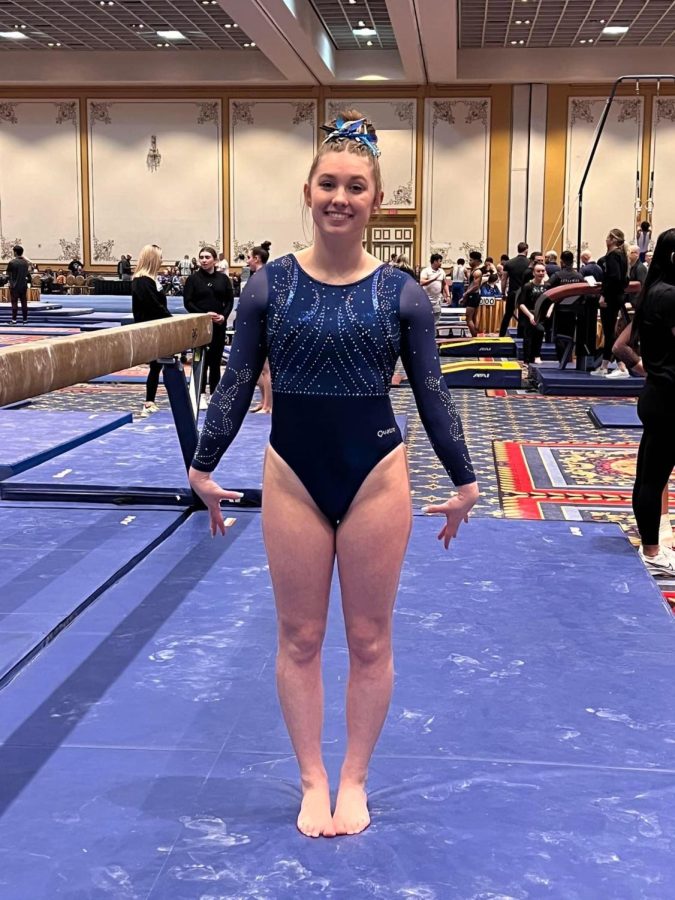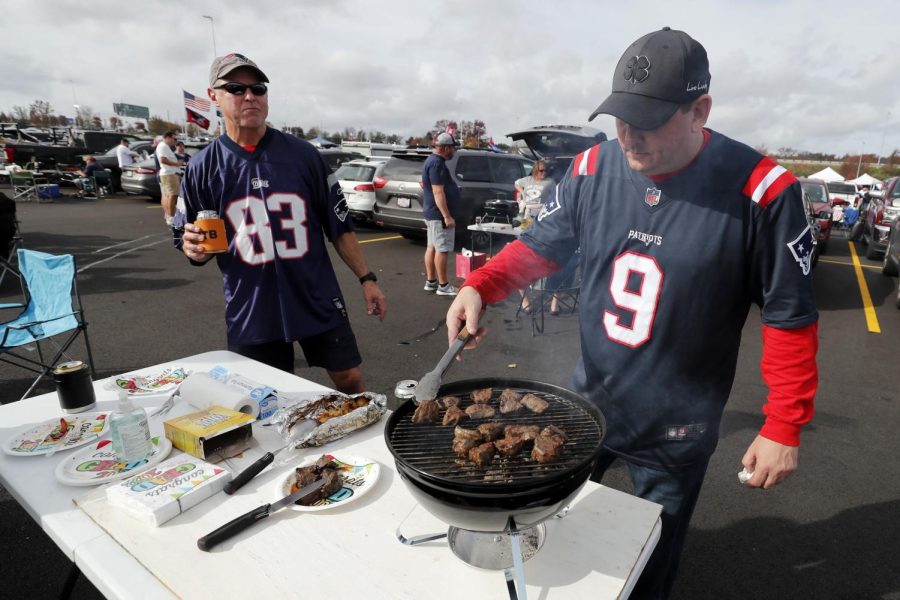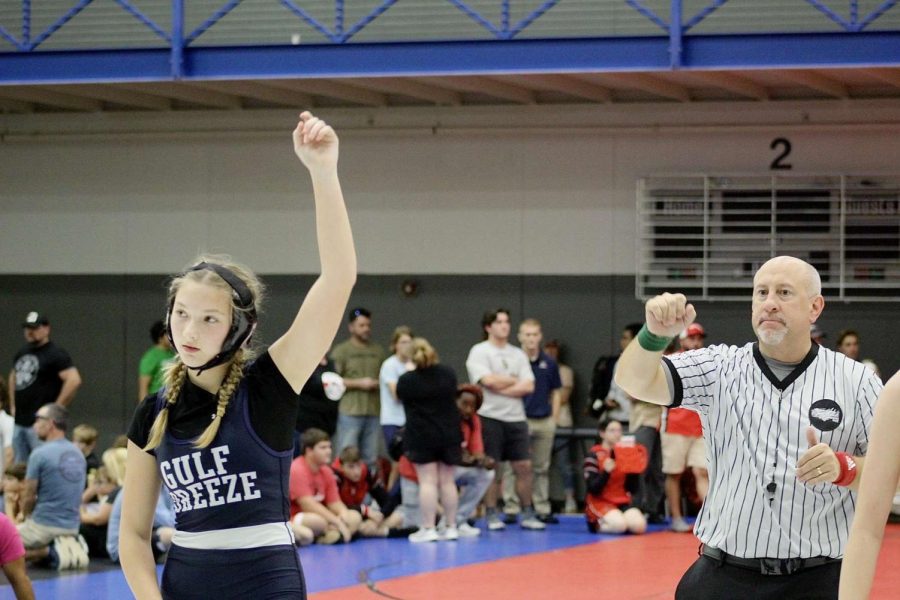Student spotlight: Haley Rogers
April 24, 2023
At age 6, her parents put her in a recreational gymnastics class. Shortly after, she was invited to join a competitive team. Now a senior here at GBHS, Haley Rogers’ first cartwheels and handstands in front of the TV have led to a highly successful career in gymnastics.
Rogers has been a competitive gymnast for the past 12 years and just recently finished her second year of level 9 (of 10 levels). While her competition season typically just lasts from November to April, she continues practicing year-round. “We typically have about 6 or 7 competitions before qualifying for the State competition, which can then lead to the regional and National competition,” explained Rogers. “I have made it to the state level competition for the past 8 years, varying in which level I competed in for each year. I have also qualified for the level 9 regional competition.”
In an All Around Competition, there are four events: vault, uneven bars, balance beam and floor. Of these four, Rogers most enjoys floor routines because it gives her a chance to express her own personality through music, dance and tumbling skills. “I love being able to incorporate dance skills that are graceful, while also being able to do powerful tumbling in between,” Rogers stated.
While Rogers has grown significantly in skill since her start in gymnastics, she has also learned much more about the mental aspect of the sport. One of her biggest take aways from gymnastics has been self-discipline. “As a kid in this sport, you are young enough to be disciplined by your coaches; but once you grow older into a young adult, you’re forced to learn how to discipline yourself,” said Rogers. In gymnastics, self-discipline and knowing your limits is especially important because it is easy to injure yourself in a way that could affect you for the rest of your life.
Since starting gymnastics, Rogers has had two major injuries. Fortunately, they have not put an end to her career, but they have set her back. Rogers explained that this was a struggle to deal with mentally. “After healing my body after these injuries, it was difficult to get back into the habit of practicing. Knowing that I had the mental capability of doing a certain skill but not being able to do it because of my physical boundaries made it challenging and taught me a lot about patience.”
In addition to self-discipline and patience, Rogers has learned a lot about family. To her, family doesn’t just have to be blood. “The family that gymnastics has created for me is one that has a special place in my heart. This sport has brought me a few lifelong friendships and has taught me so much about how important the support of others around you is,” Rogers says. “It has also taught me that it is important to support the people around you as well. I’m extremely lucky to have so many people by my side and supporting me, friends and family,” she added.
Rogers has been able to use this appreciation of family to serve as a role model for younger gymnasts. About a year and a half ago, she began coaching to the younger levels. “Remembering the little girl that I was 10 years ago that would look up to the bigger girls in the gym makes it easy for me to be able to support and set an example for them,” Rogers explains. In this role, Rogers can share her passion for gymnastics, all while helping others reach their potential in their gymnastics career.
While she has made many memories and enjoyed every moment of her gymnastics career, Rogers does not plan to continue competitively in college. However, Rogers “may join a club gymnastics team to continue doing the parts of it that [she] love[s] and to do it just for fun.”

